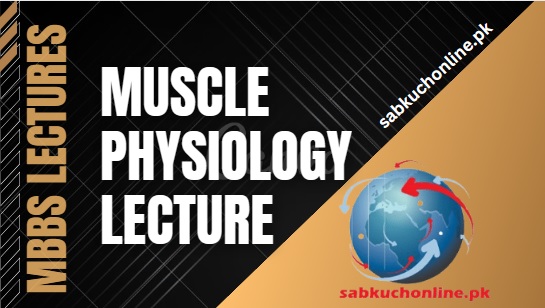Learning Objectives:
At the end of the lecture the students should be able to:
•Describe muscle and its types
•Enlist the functions of muscles
•Explain the physiological anatomy of skeletal muscles
•Describe the functions of various components of sarcomere
What is a muscle?
What are the functions of muscle?
Functions of Muscles
•Body movement
•Maintenance of posture
•Respiration
•Production of body heat
•Communication
•Constriction of organs and vessels
•Heart beat
•Protection
•Expressions
•Manipulation of environment
All muscle tissues share basic characteristics
1.Excitability
2.Contractility
3.Elasticity
4.Extensibility
Types of Muscles
1.Skeletal
2.Smooth
3.Cardiac
Muscle Tissue Types

Skeletal muscle
•Long cylindrical cells
•Many nuclei per cell
•Striated
•Voluntary
•Rapid contractions
•Attached to bones
•Occasionally attached to skin

Functions of Skeletal Muscle
•Produce movement
•Maintain posture & body position
•Support Soft Tissues
•Guard entrance / exits
•Maintain body temperature
•Store nutrient reserves
•Facial expressions
•Protection
Organization of Skeletal Muscle

Muscle fibre:



Organization of myofibril

Skeletal Muscle
Functional Anatomy
•The smallest functional unit of skeletal muscle is the sarcomere


Skeletal Muscle
Functional Anatomy
•Sarcomere is composed of various microfilaments and supporting structures

•Titin
•largest known elastomeric protein
•Connects myosin to z-disc
Skeletal Muscle
Functional Anatomy


Neuro-Muscular Junction
•NEUROMUSCULAR JUNCTION
•or
•MYONEURAL JUNCTION
•or
•Motor end plate

•The nerve fiber forms a complex of branching nerve terminals that invaginate into the surface of the muscle fiber but lie outside the muscle fiber plasma membrane.
•Entire structure -motor endplate.
•Covered by one or more Schwann cells that insulate it from the surrounding fluids.

